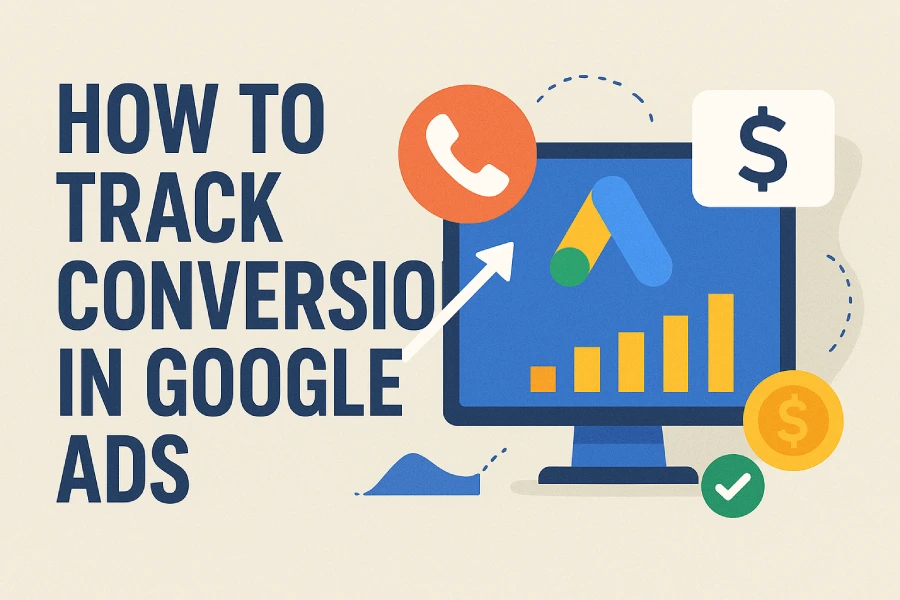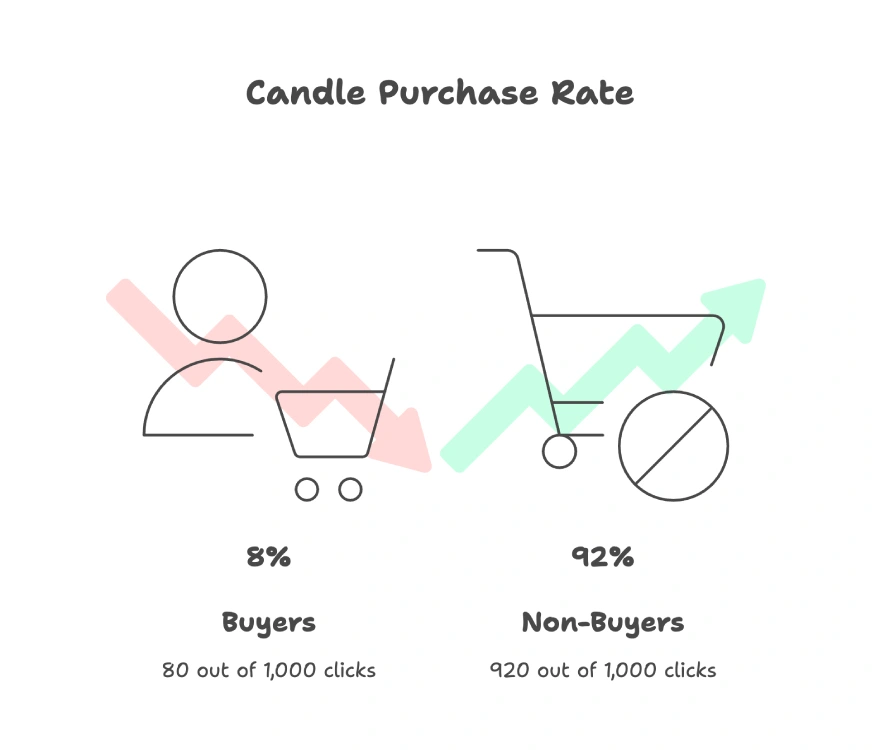When running Google ads, track how well clicks turn into real actions. Clicks alone don’t guarantee results. True success is measured by conversions like purchases, sign-ups, or downloads.
In this article from Miteart, I’ll cover everything you need to know. This is based on a real question from the Google Ads Measurement Certification. So, no delay. Let’s get started.

The Question
What metric tells you how often, on average, an ad click or other ad interaction leads to a conversion?
Options:
- Conversion rate
- Cost-per-conversion
- Conversion value-per-click
- Conversion value-per-cost
The Correct Answer
✅ 1. Conversion rate
Why the correct answer is right
1. Conversion rate
Conversion rate is the percentage of ad clicks or interactions that lead to a conversion. It answers how often a click produces the desired action.
If 100 people click on your ad and 7 people purchase your product, your conversion rate is 7%. This makes it the clearest way to measure ad effectiveness in terms of turning interest into action.
Formula:
Conversion Rate = (Conversions ÷ Total Clicks) × 100
A higher conversion rate means your ad is relevant, your landing page works well, and you’re targeting the right audience.
Why the other options are wrong
2. Cost-per-conversion
This tells you how much you spend for each conversion. For example, if you spend $100 and get 5 conversions, your cost per conversion is $20. It helps with budgeting and controlling costs, but it does not show how often clicks turn into conversions.
3. Conversion value-per-click
This measures the average revenue from each click. If one click brings $5 in sales on average, that is the conversion value per click. It helps show revenue potential, but does not tell you what share of clicks convert.
4. Conversion value-per-cost
This compares the total conversion value to the total ad spend. It’s more about measuring the return on investment. While great for financial planning, it doesn’t answer the question of how often clicks turn into conversions.
Comparison table of all 4 options
| Metric | What It Measures | Why It’s Useful | Why It’s Not the Right Answer Here |
|---|---|---|---|
| Conversion rate | Percentage of clicks leading to conversions | Shows how effective your ad is at driving action | It is the correct answer |
| Cost-per-conversion | Average amount spent for each conversion | Helps track cost efficiency | Measures cost, not frequency |
| Conversion value-per-click | Average value (revenue) gained per click | Helps measure revenue potential | Focuses on value, not percentage |
| Conversion value-per-cost | Total conversion value compared to ad spend | Measures return on ad spend | Tracks ROI, not conversion rate |
Real-life example
Brenda runs a small online store selling handmade soy candles. She launches a Google Ads campaign to promote her best-selling lavender candle.
In one week:
- Her ad gets 1,000 clicks.
- Out of those, 80 people buy a candle.
Conversion Rate = (80 ÷ 1,000) × 100 = 8%
This means 8% of people who clicked her ad ended up making a purchase.

Why is this useful for Brenda?
If she sees the conversion rate drop, she can test new ad copy, change her images, or improve her checkout page to encourage more purchases. It also tells her whether she’s targeting the right audience.
Relevant resource links
- Google Ads Help – About Conversion Tracking
- Google Skillshop – Google Ads Measurement Certification
- Google Ads Help – Understand Your Conversion Rate
Conclusion
The conversion rate is the go-to metric for understanding how often ad clicks lead to meaningful actions. By monitoring and improving your conversion rate, you ensure that your ad spend is not just generating traffic but also delivering real business results.
I hope you understand the question and how to choose the right option. Now, if you are ready, you can take the exam on Skillshop – Google Ads Measurement Certification. If you want more real exam questions and answers like this one, which have already been covered, follow along. I’ll be break down more Google Ads Measurement Certification exam questions with full solutions in the next posts on Google Ads!
FAQs
What is a good conversion rate for Google Ads?
A good conversion rate depends on the industry, but many aim for 2–5%. Ecommerce often gets 3–4%, while lead generation is usually lower. Always compare to your own past results.
How can I improve my conversion rate?
Try improving your landing pages, choosing better keywords, writing more relevant ad copy, and adding clear calls to action. Test different versions of your ads to see what works best.
What is the difference between conversion rate and click through rate?
Click-through rate shows how often people click your ad after seeing it. Conversion rate shows what they do after the click, such as completing a purchase.
Why track conversions in Google Ads?
Tracking conversions lets you see which ads and keywords create real value, so you can spend your budget wisely and get better returns.
Can conversion rate apply to non ecommerce ads?
Yes, it works for any goal, like form submissions, app downloads, or phone calls, as long as you set up conversion tracking in Google Ads.
